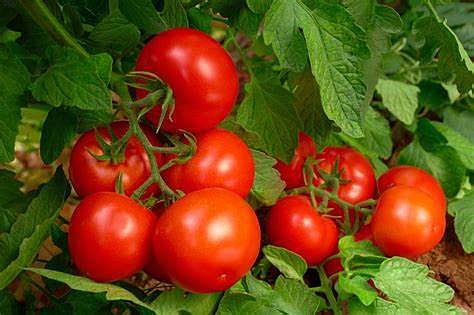Journey from farms donating their gleanings from their farmer’s market stands to Old Town Market where volunteers load up crates for the Christ’s Church pantry.
The gleaned produce is loaded into wooden crates by volunteers who pack it and deliver it to Christ Church. The final leg of the journey is from the Christ Church Lazarus Food Pantry on Thursday mornings to the homes of those in need.
“It is so compelling. I don’t want to get biblical about it,” Melanie Gray, director of Christ Church Outreach Ministry, says, “but there are so many elements of faith involved in the process. There are so many steps on this journey. We never know how many people will be coming to the food pantry, how much produce there will be, how many volunteers will be there to help on any day.”
Liz Denson, assistant director of Outreach at Christ Church, keeps a record of the most regular food pantry guests totaling about 45. She says they range across zip codes with half coming from 22314 which is Old Town.
Gray says the economy is horrific and food insecurity is more urgent. “It’s not going to end any day soon.” She explains they are almost dealing with two different food pantries at Christ Church. “Before COVID, we were on a roll. In addition to the food pantry, Marymount nursing students would come each week and do routine health screenings for blood pressure and weight and teach good health practices. We had a yoga instructor available and we had just received a grant to set up a teaching kitchen to demonstrate what to do with unpopular vegetables like carrots.”
For two years during COVID, Denson explains “the food pantry was closed and Christ Church ran a delivery ministry, but it worked.” It was a totally different batch of volunteers with different people getting the food. “We had to rebuild from scratch, dismantle the old process and rebuild the new. It didn’t just happen.”
For a while they had the food pantry outside. Denson says, “People who walked by the church would ask us if this was a farmers’ market.” Now Gray says they just reopened the indoor pantry in May and are still feeling their way. “We haven’t aggressively advertised. Will Marymount be back next year, will we have yoga? I hope so.”
Gray says they work with the City of Alexandria, a great example of a public-private partnership that benefits the community. “I don’t think too many people know about it.”
Esperita Bullard, Alexandria Department of Community and Human Services customer relations which oversees the farmers’ market says, “We have been doing gleaning for over 7 years. Initially it was not a part of DHS but was transferred within the City structure to the center that focuses on economic support with other programs like Medicaid, SNAP, rent and utilities. This gives us better access to promote, look at participation, and SNAP outreach, particularly the double dollars incentive program.” Bullard says she has been working with the City for 32 years which allows her to give. “I appreciate the opportunity to work with a population who have need. I go at it with a passion.”
Gray calls Brandon Hare, SNAP/EBT Coordinator for Alexandria, “the glue between the vendors and the food pantry.” He is there to collect data, provide the scale, drop off the crates and oversee the volunteers who load the donations from the vendors into milk crates. Hare’s statistics record the donations of mostly produce but sometimes milk, eggs or bread by vendor beginning June 18 and varying by week from 295 pounds on July 6 to 84 pounds on July 13.
“The pounds of food is eye popping,” Gray says.
Hare remembers, “One week we got so much cantaloupe, I said to the ladies ‘you take the bread. I got this.’”
Hare says working together is like gears operating. “We provide the list; they provide the pantry.”
The Old Town Farmers’ Market is the oldest continuously operating farmers’ market in the same location in the United States. George Washington brought his produce from Mount Vernon to be sold at the Old Town Market.
The market is located at 301 King Street and is open every Saturday rain or shine from 7 am-12 noon with 70 vendors participating during peak season..